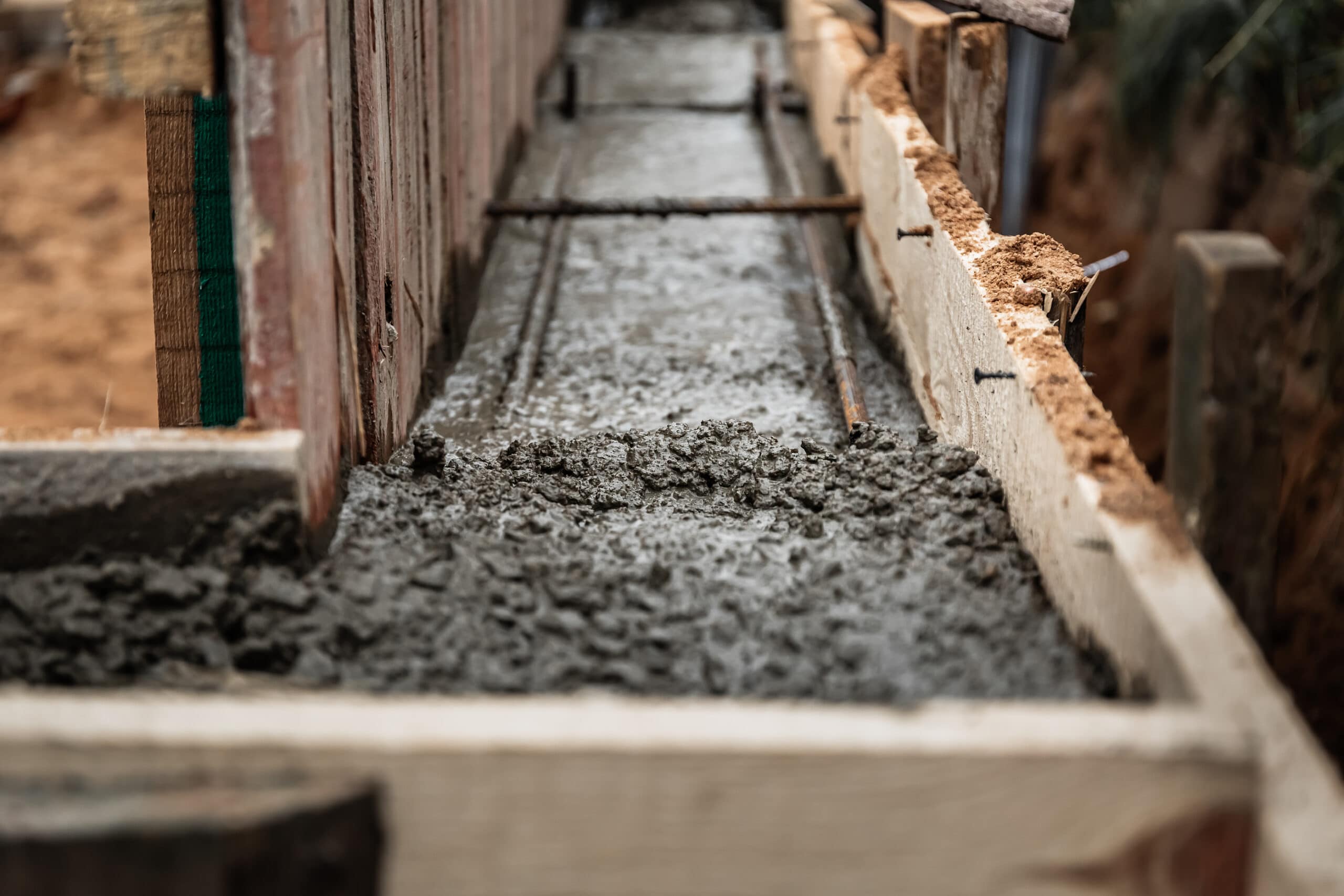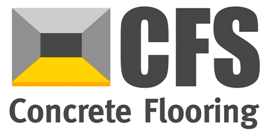Everything you need to know about concrete foundations

Concrete foundations are an important and powerful part of construction. Without a solid foundation a structure may move and shift with the earth, and may ultimately collapse.
Foundations are generally either shallow or deep. A foundation has to do the following things to be effective:
- keep out water from the ground
- block soil moisture leaking into the foundation
- support the overall structure
The design of a foundation will help spread pressure from a structure evenly. There are many types and here we will explore some of the more common ones. The most appropriate depends on cost and the overall load of the building.
No matter what foundation people use, one consideration is water in the soil. Water can increase the likelihood of cracks, something that will undermine the integrity of the foundation. Coating the foundations with sealants is necessary to mitigate this risk.
Shallow foundations
Shallow foundations are the type of concrete foundation that most people are likely to come across in their projects at home or in their gardens.
Here we will look at some of the more common shallow foundations in use:
Floating slab foundation
This may be the most common foundation people will encounter during their concrete project.
During this type of project a person will use a mould in the ground to outline the shape of the foundation, which can subsequently undergo further construction and finishing.
First a foundation of gravel is put into the mould. This provides a solid base for the building. On top of this people can then place slabs or concrete blocks.
The gravel base will ordinarily first undergo a process of compaction, as will the soil at the lowest surface of the mould. In colder areas there may also be a layer of insulation to help reduce the chance of cracks developing.
Once the mould is complete people will pour concrete mixes into it, which people will then screed (or smoothen and even out) until the surface is a flat shape. This surface provides a solid base for further construction after drying and sealing.
It can be difficult to pour concrete properly. To learn more about the technique for pouring concrete please see our blog post here.
Other shallow foundations
There are many other types of concrete foundation that are shallow. While these vary in quite subtle ways they are all similar in that they support the load of the building by using a foundation that is very close to the surface.
Other shallow foundations include:
- Rubble trench foundations: This type of foundation is a very old technique. As the name suggests, it makes use of rubble after digging a trench as the source of stability.
- Spread footing foundation: Using a spread footing foundation relies on a column that attaches to a wide concrete base. This spreads the load evenly. They are in common use in residential buildings.
- Earthbag foundation: This is a type of foundation where people dig a trench to a level of soil that is smooth and rich in minerals. People then compact bags of material, similar to sandbags, in multiple layers. This is a quite basic and traditional technique.
Some other varieties of shallow foundation include mat-slab and slab-on-grade foundation, which are variations of types of concrete foundations that make use of slabs for their stability.
The most appropriate type of shallow concrete foundation depends on the structure, the nature of the soil in the area and the environmental conditions at the location of the structure.
Deep foundations
As their name suggests, deep foundations go further down in the earth than a shallow foundation. The benefit is that they can absorb more pressure. Engineers will drive a pile deep into the earth. Deep foundations are important for safety and stability.
Deep foundations are usually for large buildings and moisture levels do not affect them as much as shallow ones. They may use concrete for their foundations, but they can also be timber or steel.
The main types of deep foundation take their names from the type of pile that an engineer decides to use. Types of pile include the following:
- Cast-in-situ piles: The most basic type of pile, usually concrete or steel.
- Screw piles: These use an iron pipe with fins, which provides a distinctive screw-like appearance that will drill into the earth.
- Soldier piles: A type of pile that is wider and is spread further apart than other piles. These can save on construction and are suitable for longer structures or those on clays or soil with a low water content.
- Sheet piles: This pile will use sheets of steel to create a retaining wall, common in large-scale commercial construction projects. People can then add further foundations suitable for large scale buildings within the retaining wall.
Making use of piles for the foundations of a structure is a very old technology. Piles have been in use since medieval times. Modern piling techniques, particularly in commercial settings, require heavy machinery.
While piles are effective, they are less common than shallow foundations that people use in smaller projects including garden buildings and summer houses.
Choosing concrete foundations for a successful project
Foundations are extremely important to the outcome of a project. Sometimes it is not worth taking the risk of undertaking such a task without professional intervention.
People can contact us for a quote on their concrete foundation project today. Alternatively, try our calculator for an instant idea on cost.
